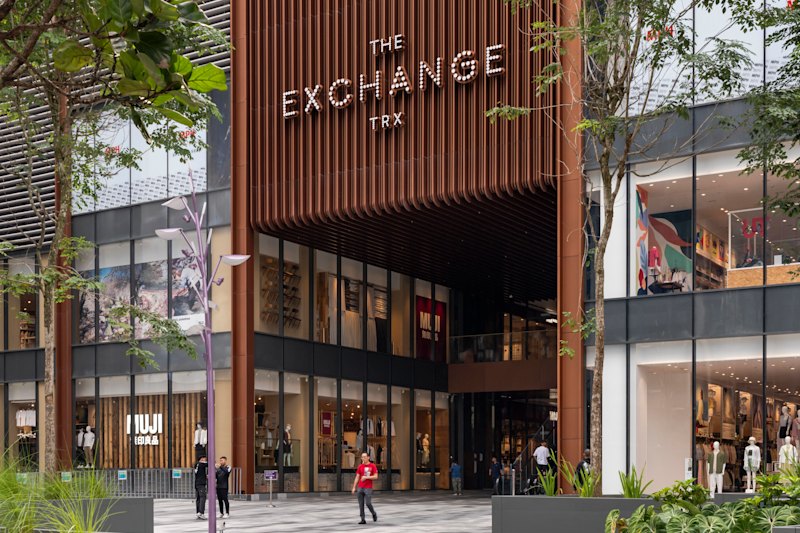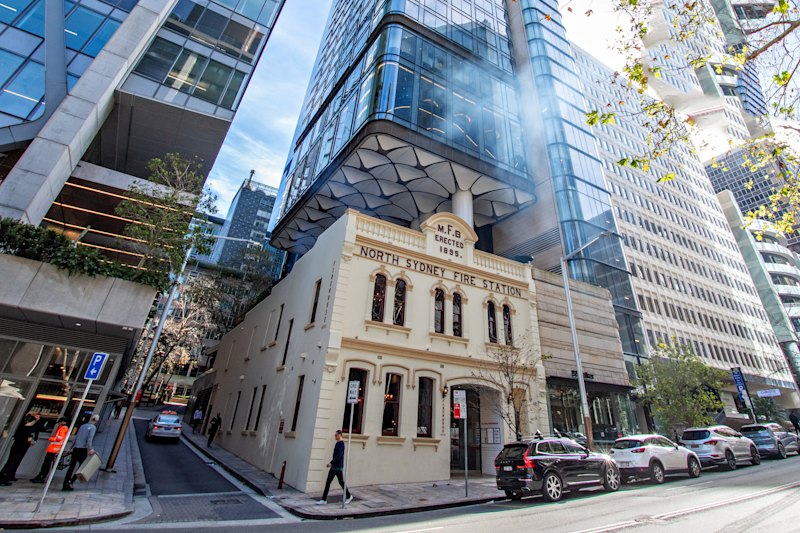
Reconfigure your own workspace layout with sliding whiteboards in this award-winning office
An office that can be adapted according to employees’ needs has won the workplace design category in the Australian Interior Design Awards.
The Customer Experience Company, in Sydney’s Macquarie Place, is a 500-square-metre workplace featuring stackable whiteboards that can be moved along the ceiling mounted track, zigzagging through the office.
“Ways of working have been rigorously questioned and the outcome implements a model of flexibility that the jury believes will have long-term impact and influence,” the jury citation wrote.
Sally Campbell, practice director of BVN which designed the workplace, said they aimed to “maximise the functionality of the small studio”.
“A key component of CEC’s environment was spaces that could be easily modified for various purposes: quiet, focused work, ad hoc team collaboration, large-scale events and client workshops.
“CEC employees are fully agile, working on folding tables with retractable power, reconfiguring layouts daily based on project needs and specific tasks at hand.”
Reconfigurable workplaces can benefit the user and tenant by using space more efficiently and boosting employee productivity.
“If they are the correct response for the organisation, it enables them to quickly reconfigure to meet project demands,” Ms Campbell said.
“That benefits workers in a multitude of ways: they are empowered, they can choose how the workplace responds to their needs, and they can change the workplace across the life of a project which often demands different types of interactions during different project phases.”
She added that reconfigurable workplaces could suit any office size, depending on the organisation’s needs.
It is in contrast with activity-based working, where it is the people who move, not the environment, Ms Campbell said.
“In a project like CEC, it is the opposite – both make sense for the people they make sense for, which is a product of a detailed workplace strategy that considers what the organisation is trying to achieve, its brand and culture, and the disruptive changes that are occurring in the industry.”












